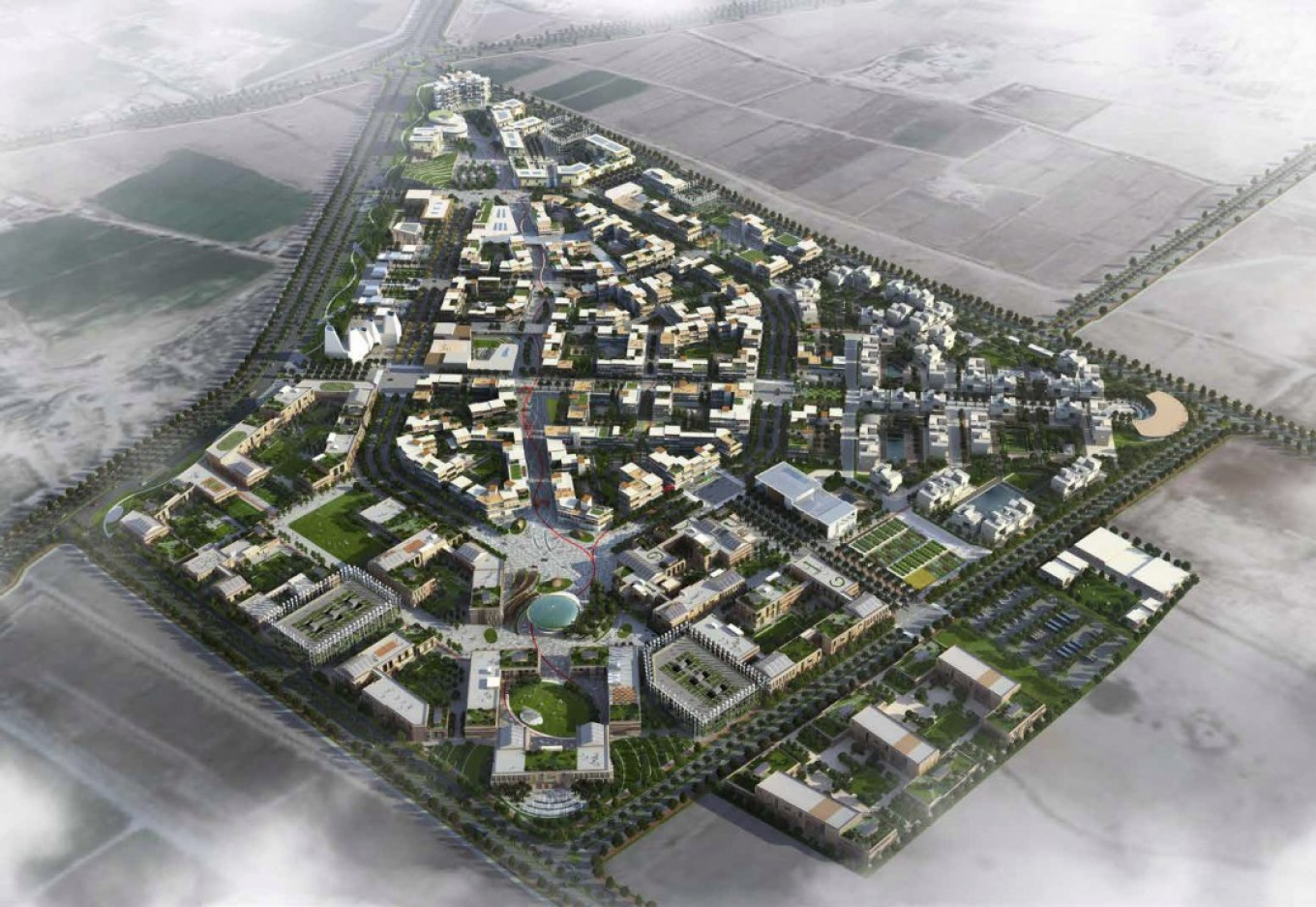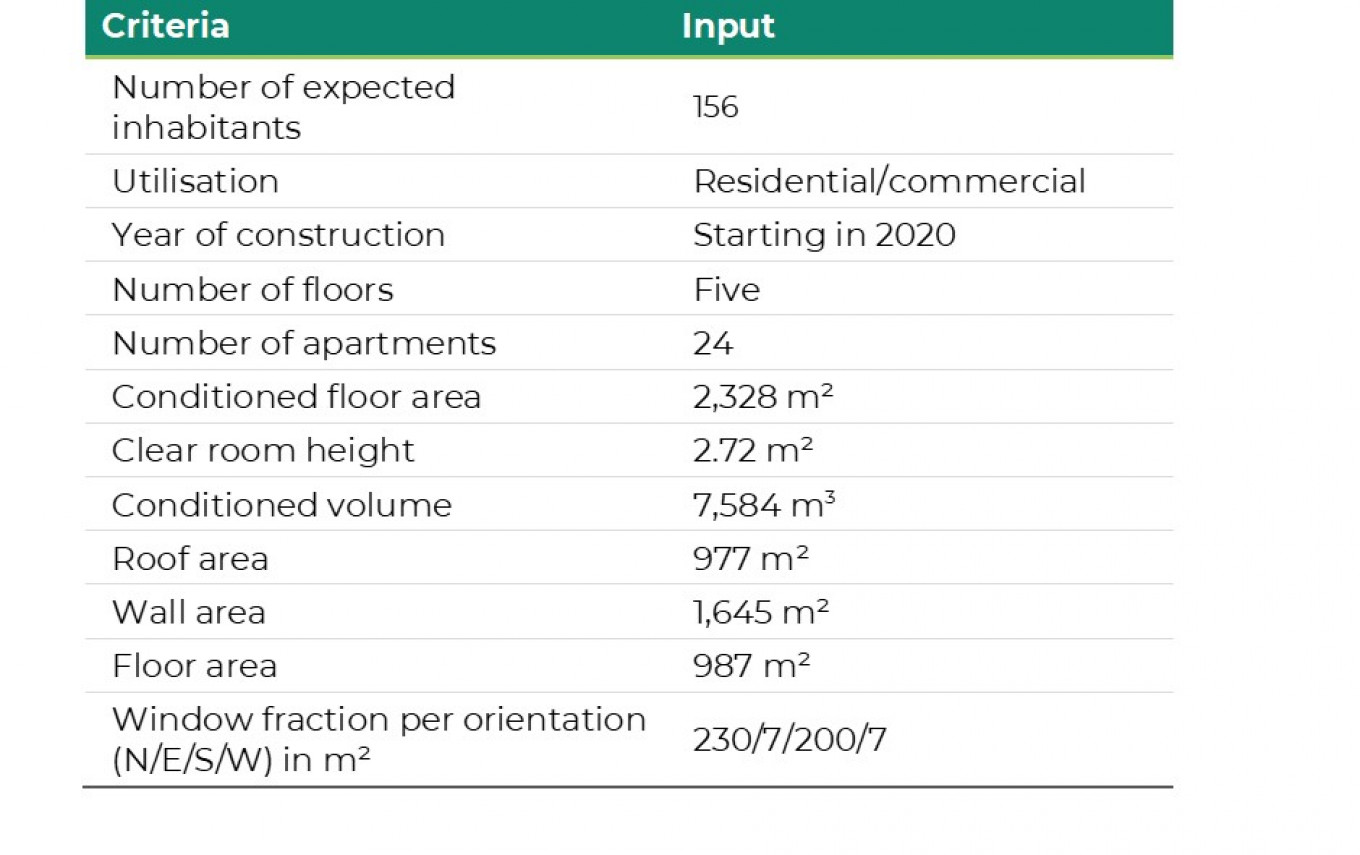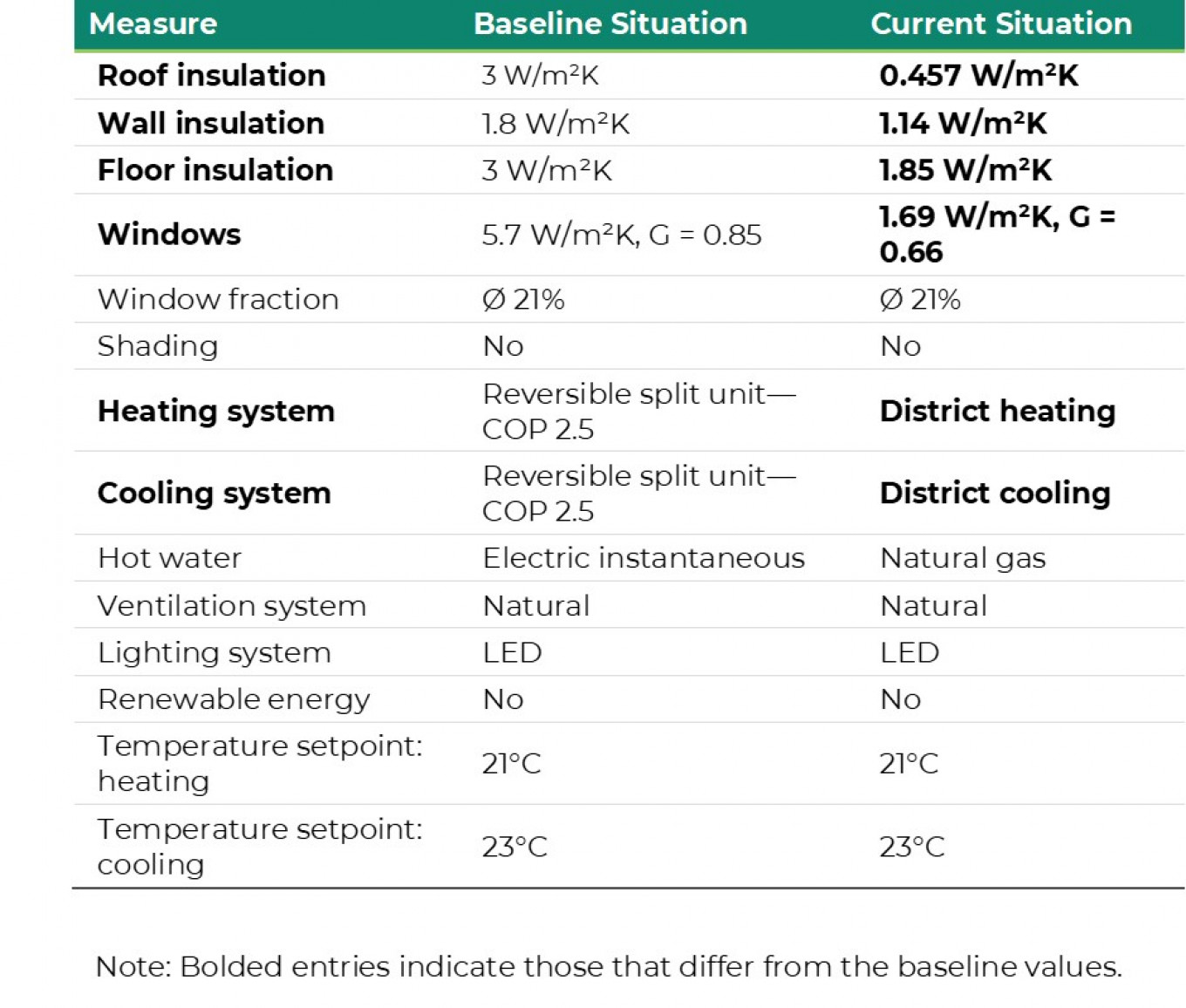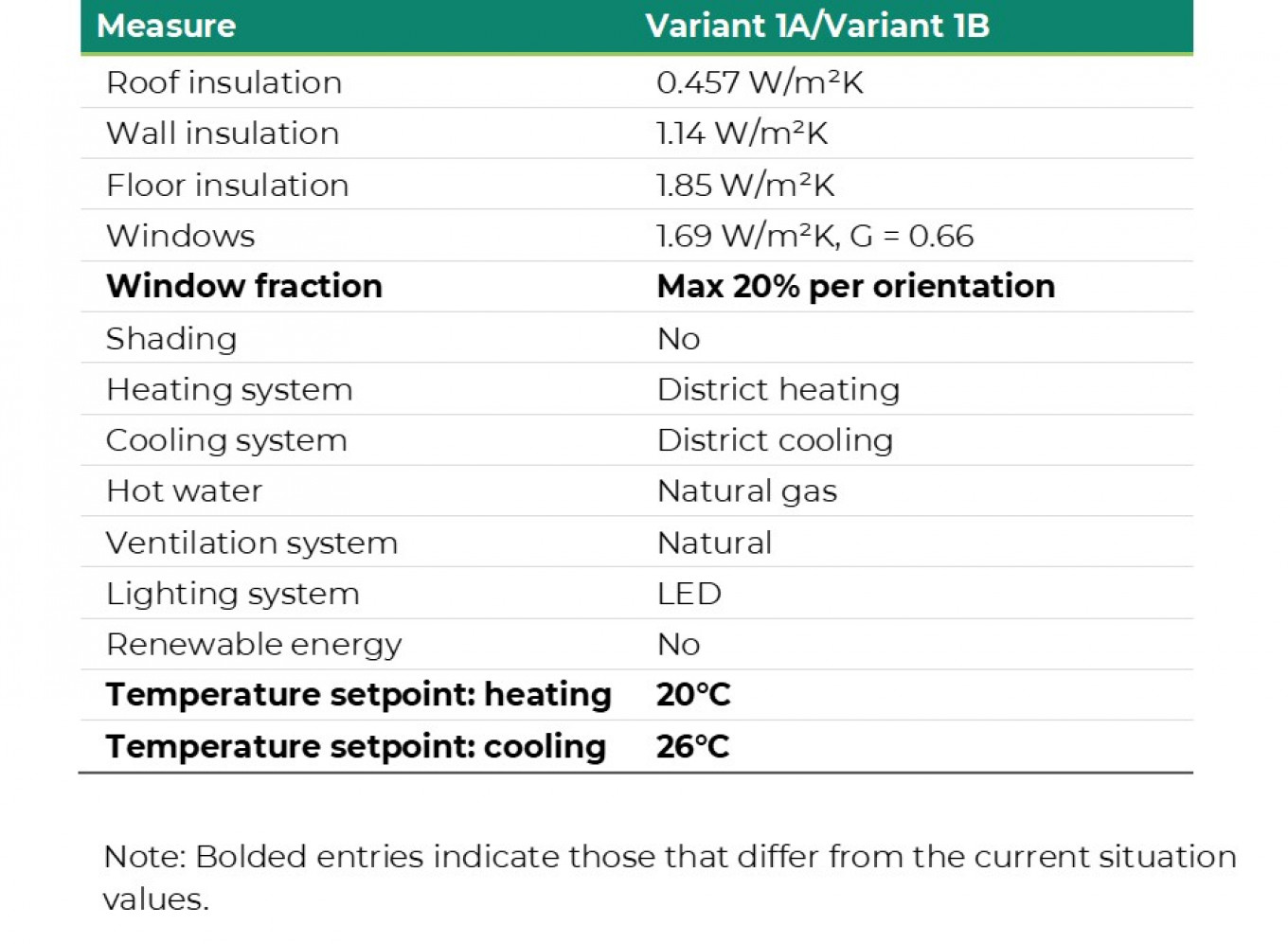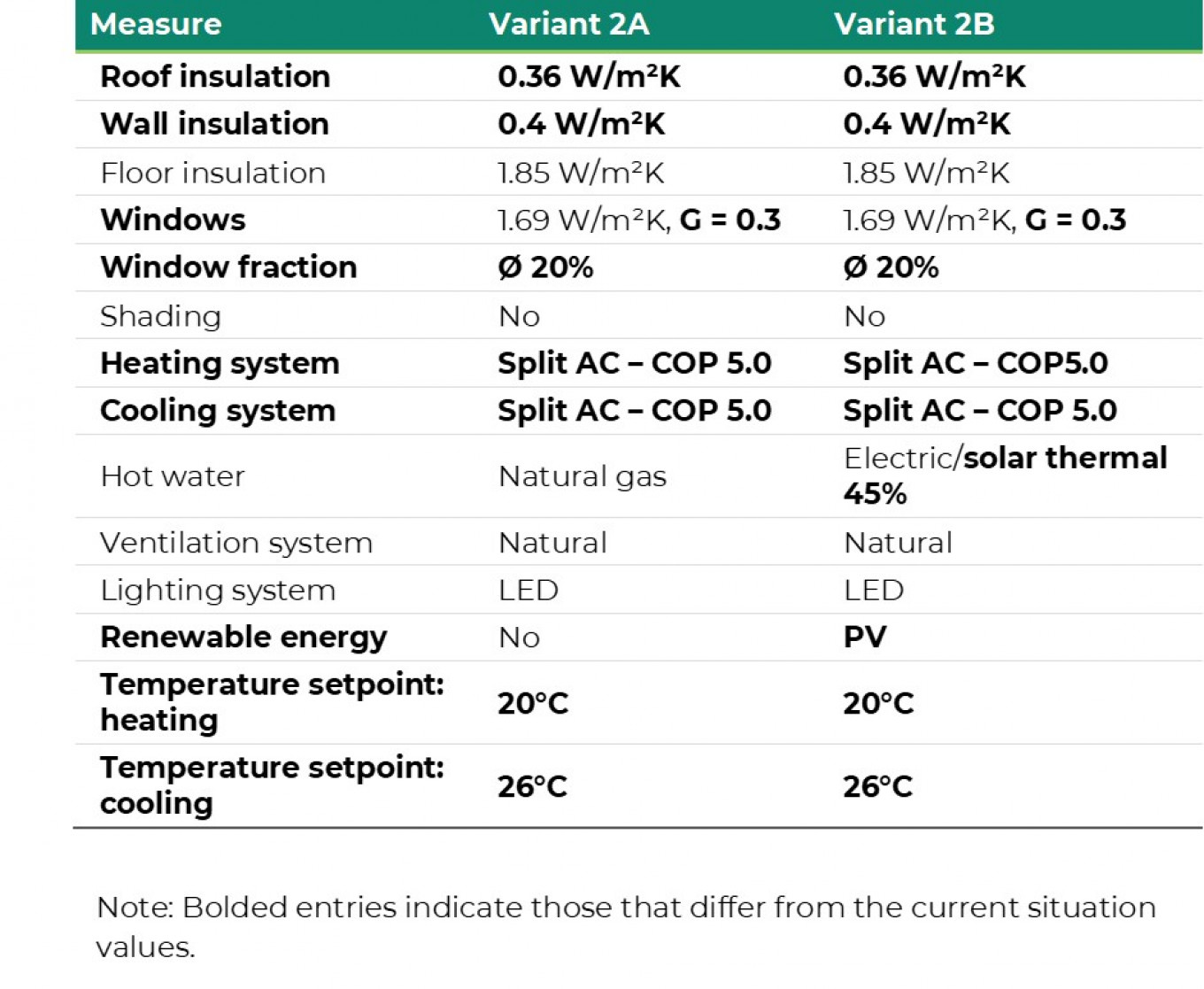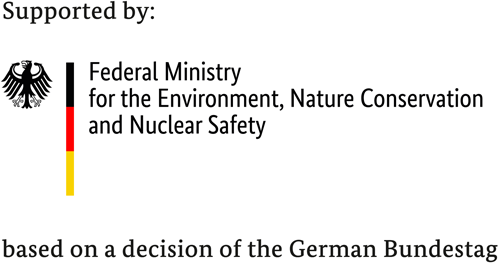Nabta Town (Egypt)
General Information
Upscale Egypt is a young, enthusiastic development company with a unique approach towards urban development. Launched in 2015, Upscale is introducing the first entrepreneurial college town concept in Middle East and North Africa, called Nabta Town. By combining a range of functions through defined but integrated neighbourhoods, Nabta Town serves as an inclusive and highly attractive community. The development offers live, work, education, culture, and play to its residents and visitors, with the premise of human progress at its core. Although the project is in its concept phase, the majority of plans have been settled. The master plan is divided into six zones that offer various features, including a university, as well as residential and commercial neighbourhoods. The total plot area is 540.000 m² and is located within a 13 km distance from Borg El Arab Airport and 45 km from Alexandria. The number of permanent residents is expected to be 5,460, excluding college residents.
The climate in the region of the Alexandria is primarily hot and humid. External temperatures range from more than zero to 35°C, with yearly average temperatures around 21°C. There is greater energy demand for cooling than heating, as the high number of more than 1,300 cooling degree days indicate compared with the 380 heating degree days. The horizontal irradiation of more than 2,000 kWh/(m²*a) and more than 1000 kWh/(m²*a) for east, south, and west orientation creates opportunities for energy generation through solar radiation.
The mean energy prices are around EGP 0.13 per kWh (EUR 0.01-0.06 per kWh) for electricity and EGP 3.65-6.6 per kWh (EUR 0.168-0.3 per kWh) for oil. For Egypt, two energy price scenarios have been calculated, as removal of energy price subsidies is planned in the coming years.
Baseline Situation
The baseline situation reflects the current approach to construction in a respective country. It deviates from technical regulations as construction practices do not always respect technical regulations. The key components of the energy concept of this baseline scenario are the heating and cooling systems with a COP of 2.5 and hot water supplied by an electric instantaneous appliance. It has been assumed that no thermal insulation and no renewable energy sources are considered for the project.
In this baseline scenario, cooling energy represents the largest portion of energy demand with a total share of 74%. Domestic hot water reaches 17% of total demand and heating and lighting have the smallest shares with 6% and 3%, respectively. The current situation has an energy demand of 135.4 kWh/(m²*a) and an environmental impact of 60.1 kg CO2e/(m²*a). For a unit of 90 m², the energy cost will reach about EUR 10.50-30.75 per month or EGP 220.50 -661.50. This represents the standard building package.
The current situation differs from the baseline scenario, as thermal insulation of the roof, wall, floor and windows are improved to reduce thermal losses. Additionally, district heating and cooling is used.
Variants
Technical Description – Variant 1 | Low Investment
The first variant, low investment, calculates the energy performance of measures with a fast payback of less than 2 years, while Variant 1A considers the current energy prices and Variant 1B refers to energy prices without subsidies (high energy prices).
Technical Description – Variant 1A/Variant 1B – Low Investment
For this package, Variant 1A and Variant 1B include the same measures. Compared with the current situation, the window fraction is reduced to a maximum 20% per orientation. The low energy price does not justify expensive measures. Therefore, the only additional difference to the current situation is an adjustment to the temperature setpoint for heating and cooling.
Technical Description – Variant 2A – High End | Low Energy Price
The second variants seek to reduce the energy consumption as much as possible, reaching a nearly NZEB level with the integration of renewable energies. At the same time, the financial feasibility of measures must respect a simple formula: Payback period smaller than lifetime. Compared with the low investment variant, this highly energy efficient package consists of the following measures: improving the U-values of roof and wall insulation and changing the heating and cooling system to an efficient split AC with a COP of 5.
Technical Description – Variant 2B – High End | High Energy Price
The second variant, which assumes nonsubsidised, real energy prices, allows further improvements due to larger financial latitude. The improvement is realised by exchanging the electric hot water system with 45% solar thermal support and a PV system.
Results
For Nabta Town, the energy consumption of the current situation is similar to the baseline scenario. The differences add up to about 4%. For the next step of improvement, the energy consumption decreases by more than 50%. Variant 2A offers another approximate 40% energy savings, and Variant 2B reduces energy demand to zero when taking into account nonsubsidised, real energy prices and the utilization of PV. However, the specific emissions show a different trend. Whereas almost 50% CO2 emissions can be saved during the current planning compared with the baseline, further emission reduction with Variant 1A/Variant 1B are rather small due to the “good” standard of the current planning. The improvements offered by Variant 2A save another 34%, and with Variant 2B, the specific emissions decrease to zero. The specific energy costs follow a similar trend.
In terms of investment costs, the additional measures of each variant translate into rising specific investment costs. Whereas Variant 1A and Variant 1B investment costs stay the same as the current situation, the change of specific investment costs between Variant 1A/Variant 1B and Variant 2A and between Variant 2A and Variant 2B amounts to about 35%. The specific investment costs of the current planning are 39% lower than the investment costs of the baseline.
![Figure 9 Specific final energy demand [kWh/(m²*a)]](https://www.buildings-mena.com/image/1360/23/fig9.png)
![Figure 10 Specific emissions [kg CO2e/(m²*a)]](https://www.buildings-mena.com/image/1360/b5/fig10.png)
![Figure 11 Specific energy costs LBP/(m²*a) [EUR/(m²*a)]](https://www.buildings-mena.com/image/1360/a3/fig11.png)
![Figure 12 Specific investment costs LBP/(m²*a [EUR/(m²*a)]]](https://www.buildings-mena.com/image/1360/a2/fig12.png)
Recommendation
As the planning and construction of the Nabta Town buildings will take place in the near future (from 2020) and further energy price increases are expected until then (reduction of subsidies), it is recommended to aim for a nearly NZEB. Furthermore, the dependencies of the NZEB with the planned district cooling supply system should be checked, as the lower demand influences the feasibility of the central supply system (district cooling). In any case, the key points of the energy concept should include a campaign to increase awareness to adjust the appropriate setting temperature for cooling and heating. Building energy demand should be reduced by passive measures such as thermal insulation and shading elements. To utilise solar energy on the roof, unshaded space towards the south should be reserved for the installation of solar thermal systems. Moreover, high efficiency cooling systems are crucial to realise lower energy consumption.
Implementation (Still to Come)
Upscale Egypt received the recommendations and stated interest in all proposed measures, considering implementation especially for measures relating to the building envelope and solar PV. The developer claimed to be very satisfied with the technical assistance received in the project. As of December 2018, the project was still in the design and permit stage. Upscale Egypt expressed interest in continuing the work with Guidehouse should the IKI project be extended.

